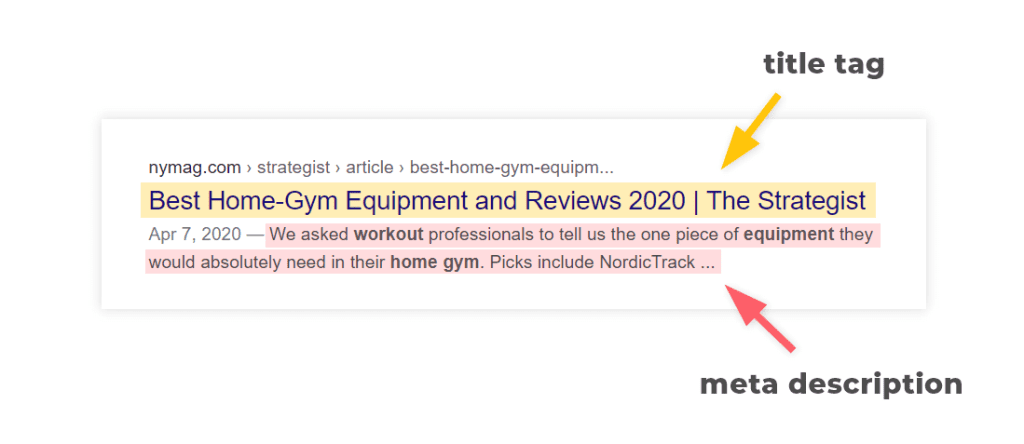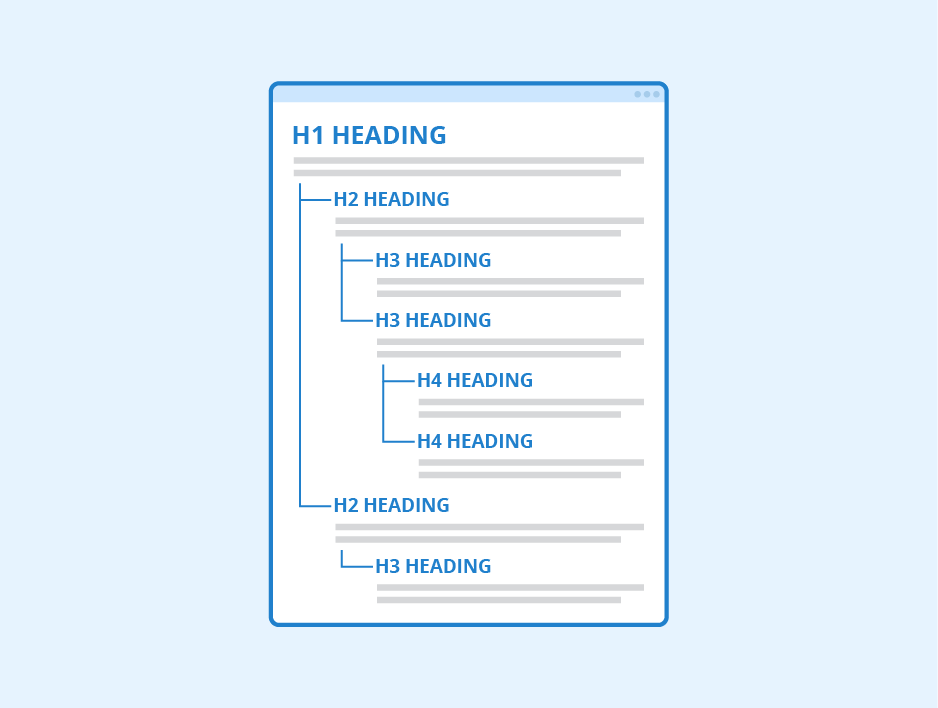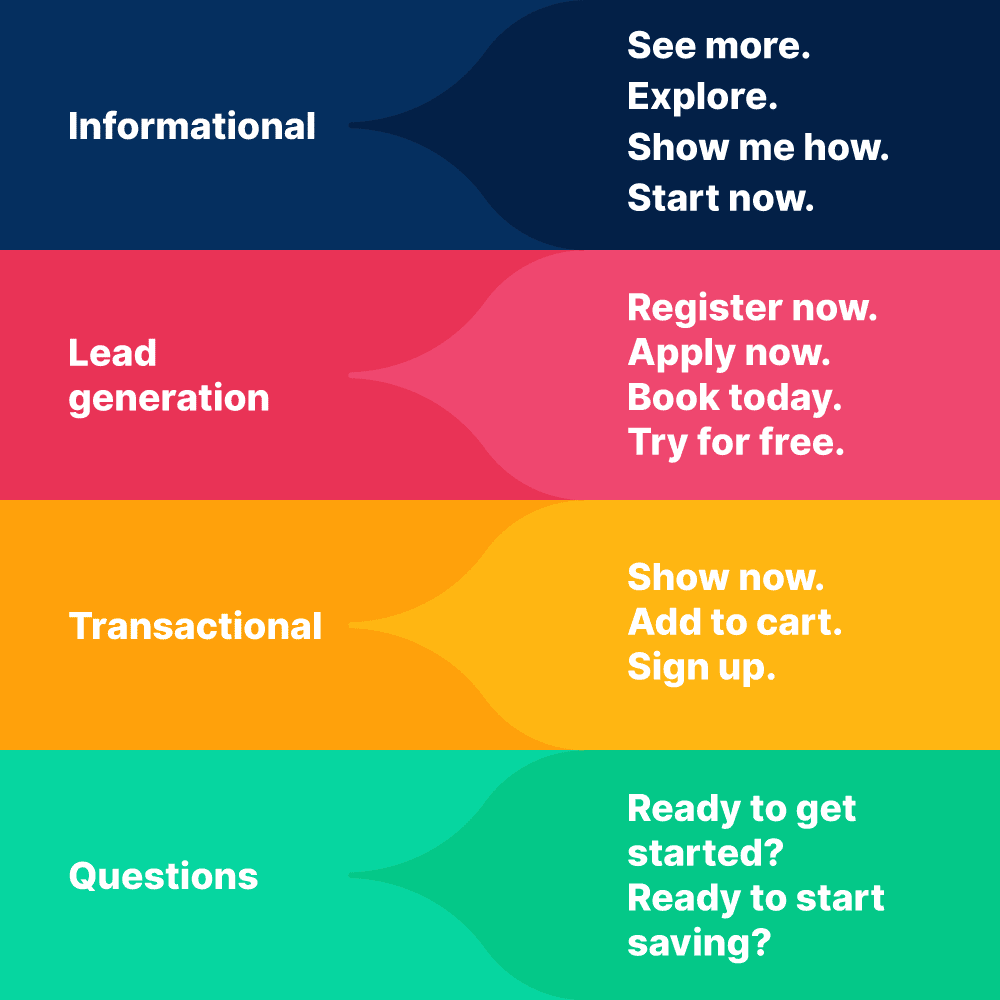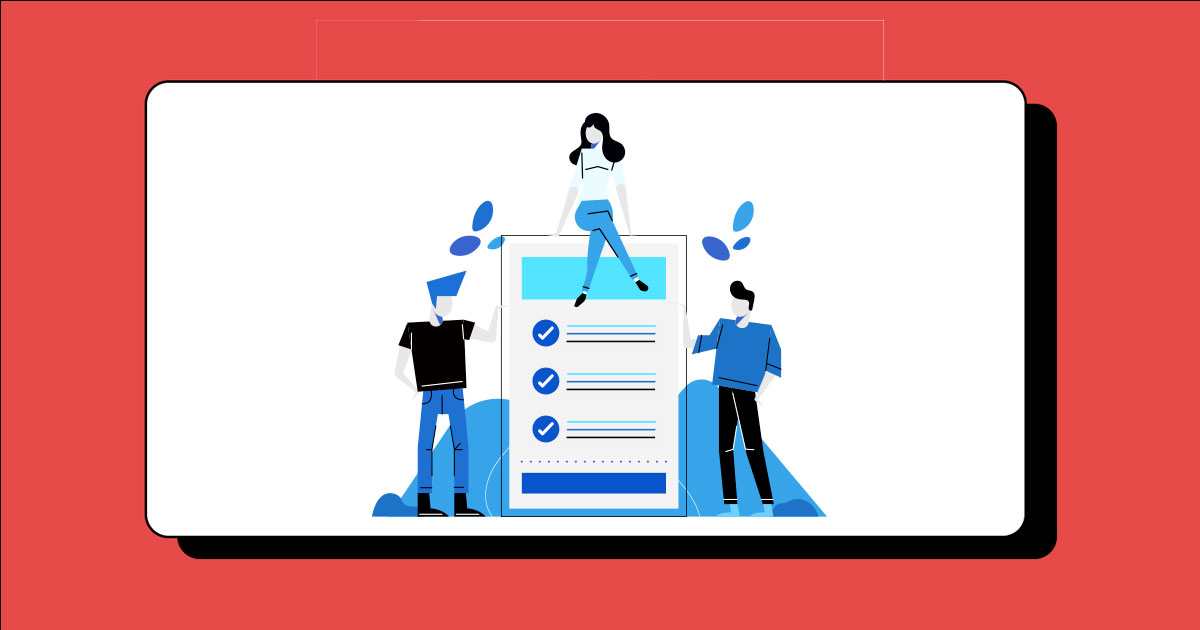The Ultimate On-Page SEO Checklist To Rank On SERP
Estimated reading time: 8 minutes
Does your website need more organic traffic, rank for keywords, and queries from your target audience?
Then you need to optimize your website for search engines.
The best way to get started is by optimizing on-page SEO.
In this blog post, we'll look at the on-page SEO basics checklist and how you can use it to improve your site's performance.
By following the steps outlined here, you'll be able to create a strong on-page SEO strategy that will increase your visibility online.
If you need B2B on-page SEO services, reach out to us.
What is On-page SEO?
On-page SEO is the practice of optimizing individual web pages to rank higher for a target keyword and earn more relevant traffic from search engines.
This includes optimizing site content, keywords, meta tags, internal links, external links, and so on. If you're a beginner to SEO, this is where you can get started because it doesn't require much technical knowledge.
And proper SEO implementation will help your site rank higher in search engine results, leading to more organic traffic and ultimately more leads for your business.
The basic on-page SEO checklist
1. Run a crawl of your website
Before you get started, you need to understand the current state of your website.
To identify the issues and fixes, run a website crawl using Screaming Frog, SEMrush, or Ahrefs.
With these tools, you can not only identify the issues, and also get more things done to optimize your SEO.
2. Conduct an SEO audit
An SEO audit can help you determine the top-ranking pages and pages that must be search engine optimized. This could be web pages that lack internal and external links, are in need of compelling meta descriptions, or with low page speed.
Conducting the SEO audit also can help you understand the site architecture. That is, the pages available and the hierarchy within the website. You can generate a sitemap from the online-XML sitemaps generator for this. The site audit feature in SEMrush will also provide you with a summary of issues, site architecture, and much more. Export these issues to an Excel spreadsheet and work on them according to the best practices.
3. Identify target keywords for your target audience
To optimize your site for Google search results, you must incorporate the relevant keywords that your audience is frequently searching for. To conduct a proper on-page SEO, you need to conduct keyword research. It might sound difficult, but you can do it with free SEO tools.
This is how you do it: First, begin by exporting Google Search Console queries. Identify the keywords with high clicks and impressions, long tail keywords, etc. Next, you can use Google Keyword Planner, which is a free keyword research tool to identify a primary keyword for each web page and other relevant keywords. Tip: Focus on low-volume keywords as it has low keyword difficulty and drive more organic search traffic.
3. Optimize URLs with keywords
When it comes to URL optimization, the URL must be short, precise, and descriptive. This is because it helps search engine bots crawl and learn what your page is about.
Follow these tips:
- Words should be separated by hyphens ("-").
- Think about making your page's main keyword the URL slug.
- Avoid years (such as "best-budget-friendly-phones-2023").
- Ensure to redirect the old page if you alter your URL slug.
- Also, keep your title tag's character count between 50 and 60 (spaces included).
4. Optimize meta titles with keywords


The page title displayed in the SERP is the title tag. It should explain to Google the subject of your page and persuade visitors to click.
Page title tags are crucial for web pages, and they should contain the primary keyword. This can inform the site visitors about your web page and also help in Google rankings.
Also, try to keep your page titles’ character count between 50 and 60 (spaces included).
Tip: SEMrush's On-Page SEO Checker will examine your title tag for keyword stuffing and target keywords.
Read More: 13 SEO Best Practices for B2B Companies (2023)
5. Write meta descriptions
Meta descriptions provide users with a brief description of what your web page is about. So, ensure to include the keyword from your page title. And also, create compelling and concise meta descriptions to entice the readers.
It shouldn't be an exact copy of the text that shows on the page. Provide readers with as much information about your website as possible within a 150-character limit.
6. Add the keywords within the first 150 keywords
For effective on-page optimization, try including your keywords within the first 150 keywords.
When search engine crawlers read the keywords, your web page will be able to rank on search results and gain more traffic.
7. Include multiple headings (H1, H2, H3) with keywords


According to SEMrush's State of Content Marketing Report 2023, H2, H3, and H4 tags are used in 29% of high-performing articles.
The on-page title (also known as the headline) should appear in one H1 tag on each page. It's one of the easiest yet most crucial tasks.
The H1 appears on your page, unlike the title tag which appears on SERP.
Subheadings help people browse your material more easily since they break down long passages of text into easily readable chunks. In addition, the proper H-tags (header tags) help Google in breaking down the layout of your page.
Note: There should be just one H1. Nevertheless, you are free to use multiple H2 to H6 tags as you need, depending on the complexity of your material.
8. Update content with the relevant LSI keywords
Consider synonyms and LSI keywords instead of repeating the same phrase a thousand times.
Let's take the example of "how to start a blog."
You should use that specific term several times on your page, then. And similar terms:
- Launching a blog
- Ways to start a blog
- How to set up a WordPress blog
9. Content quality with E-E-A-T
With AI-written content, you need to ensure that your content doesn't get penalized by Google. So, your content must follow the quality content signals: Experience -Expertise- Authority - Trustworthiness. (Experience).
A good piece of text should be comprehensive, understandable, and offer solutions, thus being engaging.
Write about the ways you can assist those who are your intended audience. Review the grammar and spelling to ensure that your material is compelling and error-free.
Also, aim for a minimum of 500 words on each page, and format content with headers and subheadings to make it simpler to read and comprehend.
Read More: 4 Types of SEO Services to Invest: Boost Organic Traffic 2023
10. Image optimization for website speed
Each image should have a descriptive alt text. This refers to a written description of the image that can be found in the page's code.
Using applications such as Tiny PNG, iloveIMG, and BIRME you can modify the size and compress images. Your page loading speed won't be slowed down by your images in this way.
And now, some tips on how to use videos:
Make videos that are aligned with search intent. For instance, make tutorials to go along with your blog posts.
Host the videos you create on YouTube, one of the most popular internet search engines. Then from there, embed your videos to your blog.
11. Internal links to improve navigation
As previously discussed, it's important to have links on all your pages, yet this is something that's often forgotten.
Be sure to incorporate a lot more than your keywords in your anchor text. Making it simple for visitors to navigate your website is the aim, not stuffing it with as many keywords as you can.
12. External links to boost authority
Just like internal links, external links are also important.
Google will realize that your page is genuine and trustworthy if you externally connect to other reliable websites. Google and your visitors both want to know that your website is well-cited.
13. Call-to-action


Conversions, conversions, conversions. This should be one of the ultimate goals for your website.
You're not doing it right if you're not optimizing your website to build a community, generate leads, or convert new visitors to paying customers.
Keep in mind that there is a conversion chance on every page of your website. This means that every page on your website needs to contain a call to action (CTA), however, some pages may have more than one.
Key takeaways
In conclusion, optimizing your website for SEO involves a range of factors. From using the right H-tags and LSI keywords to formatting content with headers and subheadings, it's important to ensure that each page is optimized correctly.
In addition, make sure you are adding relevant internal links as well as external links from trusted sources to boost authority. Finally, don't forget to include calls to action on all pages so that visitors have an opportunity to convert into leads or customers. With these tips in mind, you should be able to improve your website’s visibility in search engine results and drive more traffic.
By following this SEO basics checklist, optimize your website for search and gain the desired organic traffic and rankings on search.
Read Next: Local SEO Audit Checklist To Reach More Locals




